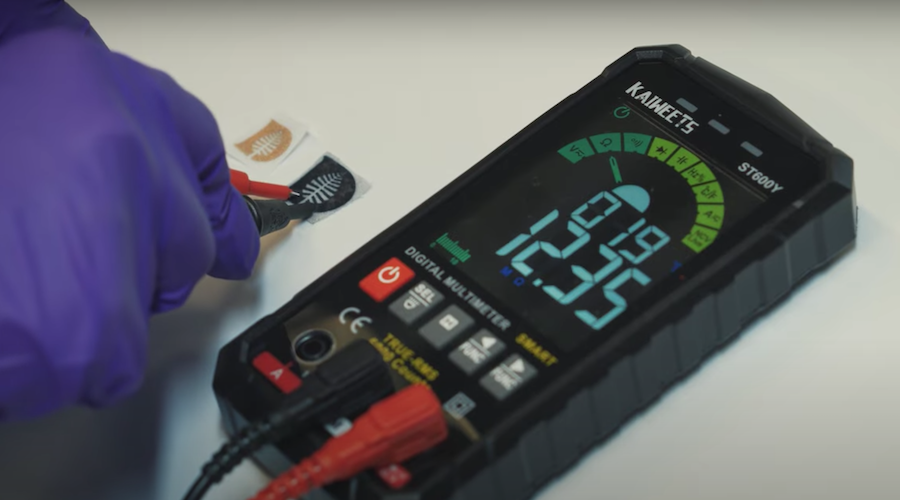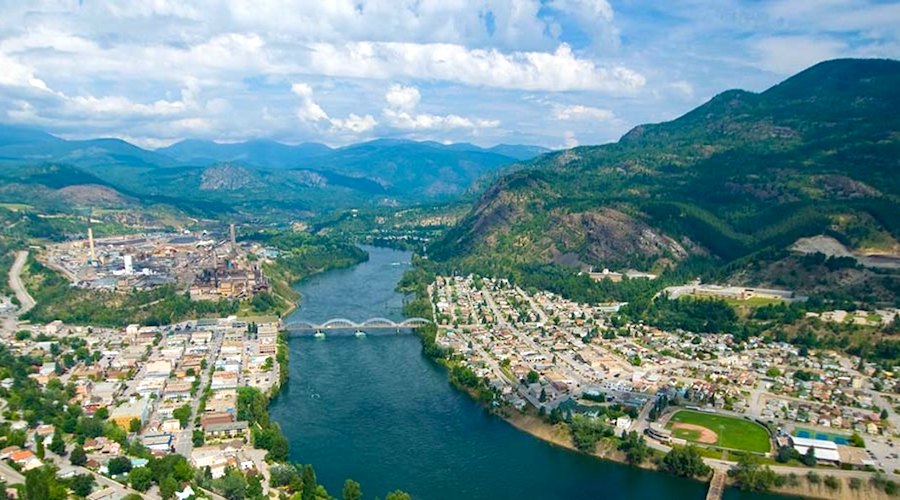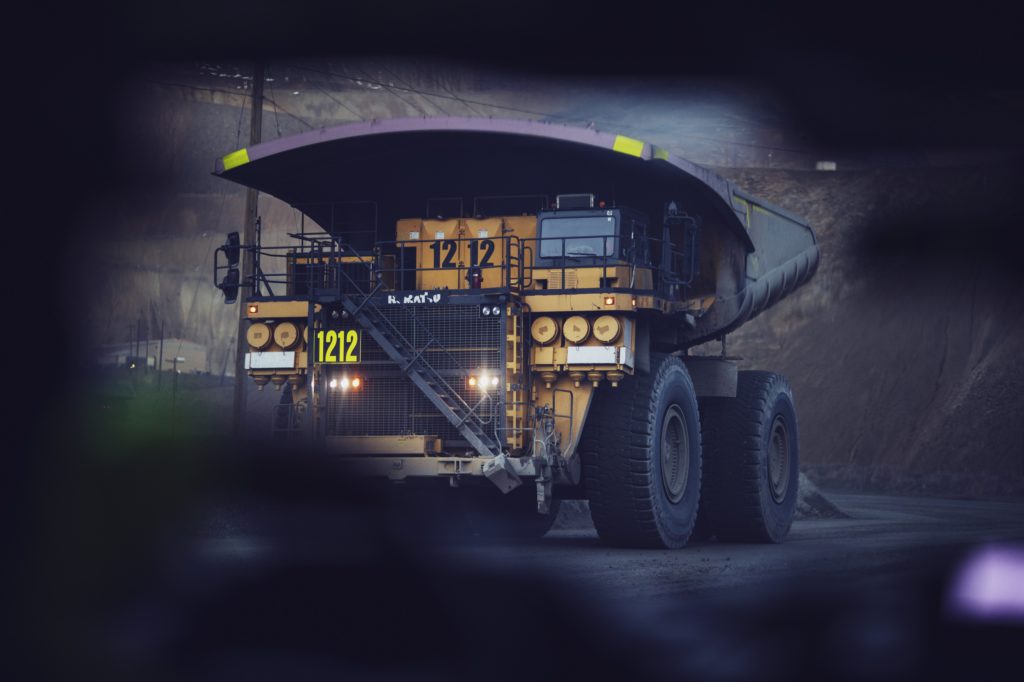Shell Nearly Sold Its Norwegian Oil And Gas Assets In Late 2022
Shell held talks last year with the biggest UK North Sea producer Harbour Energy to sell its oil and gas fields offshore Norway and some mature assets offshore the UK, but a deal ultimately couldn’t be reached due to price volatility, company sources told Reuters on Tuesday.
Shell, as well as other majors, have worked in recent years on streamlining asset portfolios to focus on the most profitable projects. Back in 2021, Shell said that its oil production peaked in 2019 and is set for a continual decline over the next three decades as it looks toward the renewables side of the business. Shell said its carbon dioxide emissions also likely peaked—a year earlier, in 2018.
The UK-based supermajor and Harbour Energy were in the advanced stages of talks for the sale at the end of 2022, according to Reuters’ sources.
Just then, Norway had ramped up its natural gas production and become the single largest gas supplier to Europe’s biggest economy, Germany. Yesterday, the Norwegian Petroleum Directorate said that Norway would continue to pump the current high volumes of natural gas for at least another five years as operators have pledged $30.3 billion (300 billion Norwegian crowns) to develop new fields and extend the lifetimes of producing fields.
Shell, which has been present in Norway since 1912, would have been the latest supermajor to quit the region. U.S. majors Chevron and ExxonMobil exited operations on the Norwegian Continental Shelf in 2018 and 2019, respectively.
Now Wael Sawan, Shell’s new CEO who succeeded Ben van Beurden on January 1, is not currently reviewing the Norwegian assets, according to two Reuters’ sources.
Apart from oil and gas assets, Shell’s business in Norway includes participation in the Northern Lights carbon capture and storage (CCS) project together with Norway’s Equinor and France’s TotalEnergies. Northern Lights is Norway’s first license for CO2 storage on the Shelf.







